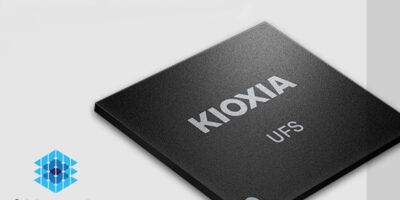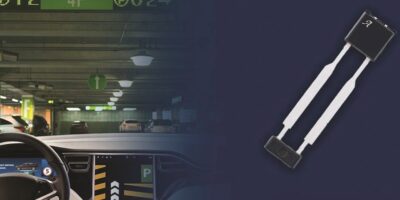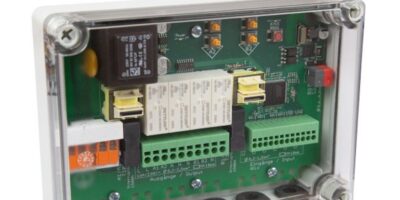Universal Flash Storage (UFS) Version 3.1 embedded flash memory devices from Kioxia use the company’s four-bit per cell quad level cell (QLC) technology to increase density in a single package.
UFS is a product category for a class of embedded memory products built to the JEDEC UFS standard specification. It uses a serial interface with full duplex and simultaneous communication of read/write with its host device.
The UFS proof of concept (PoC) device is a 512Gbyte prototype that uses the company’s 1Tbit (128Gbyte) BiCS FLASH 3D flash memory with QLC technology. The PoC device is designed to meet the increasing performance and density requirements of mobile applications driven by higher resolution images, 5G networks, 4K plus video in smartphones, for example.
Kioxia is now sampling its 512Gbyte QLC UFS PoC devices to select OEM customers.
Product density is identified based on the density of memory chip(s) within the product, not the amount of memory capacity available for data storage by the end user. Consumer-usable capacity will be less due to overhead data areas, formatting, bad blocks, and other constraints, and may also vary based on the host device and application.
Kioxia Europe (formerly Toshiba Memory Europe) is the European-based subsidiary of Kioxia, a supplier of flash memory and solid state drives (SSDs), credited with the invention of flash memory and BiCS FLASH. Kioxia’s 3D flash memory technology, BiCS FLASH provides storage in high-density applications, including advanced smartphones, PCs, SSDs, automotives and data centres.







